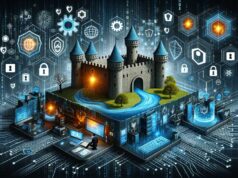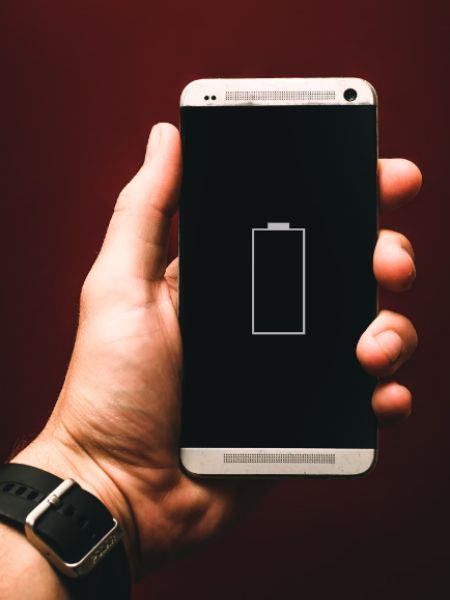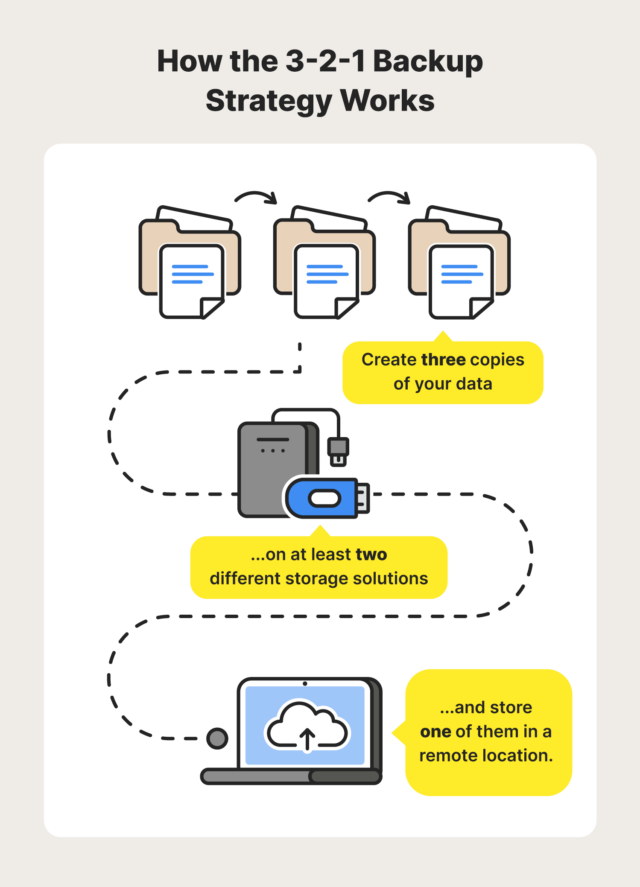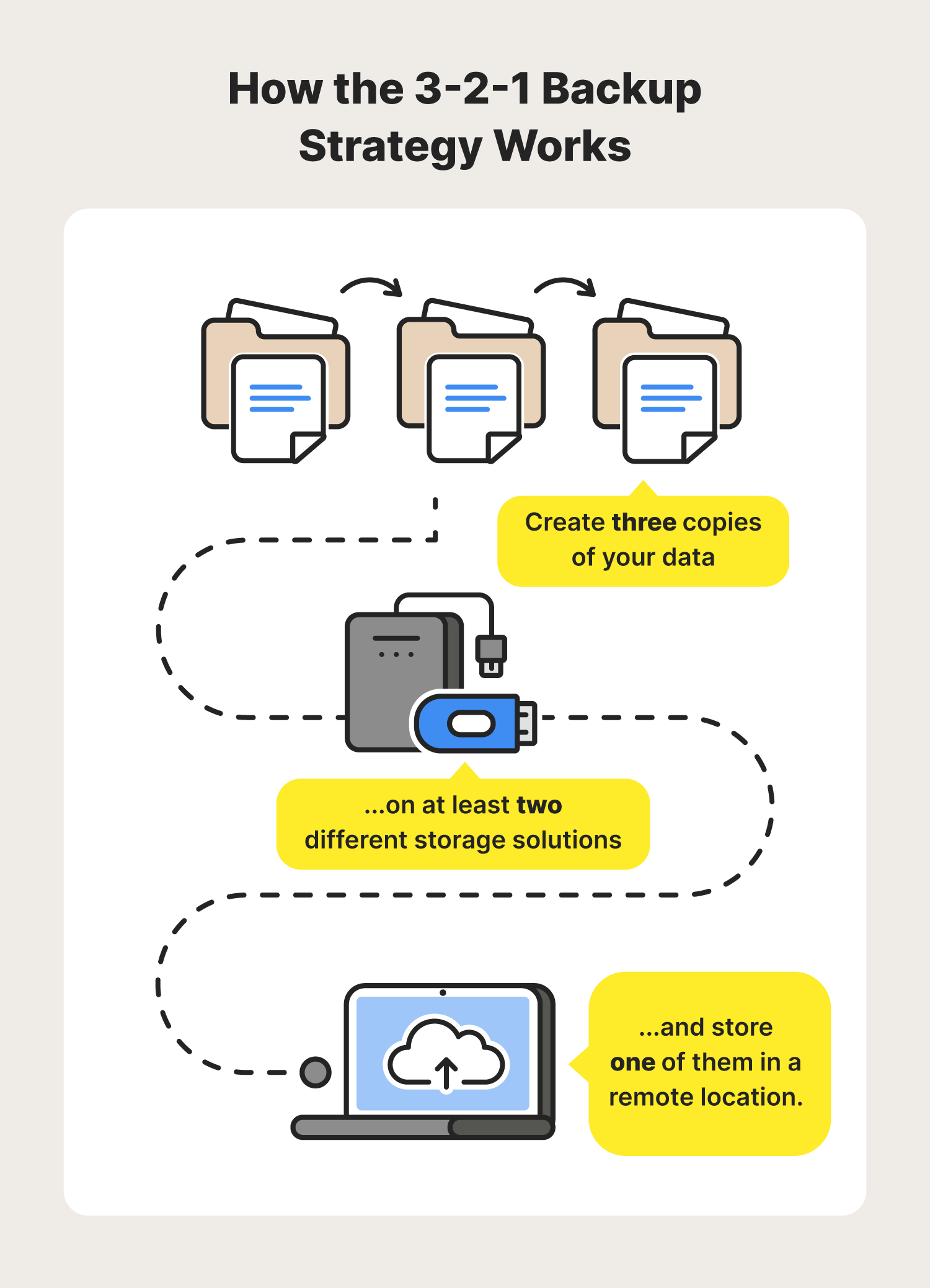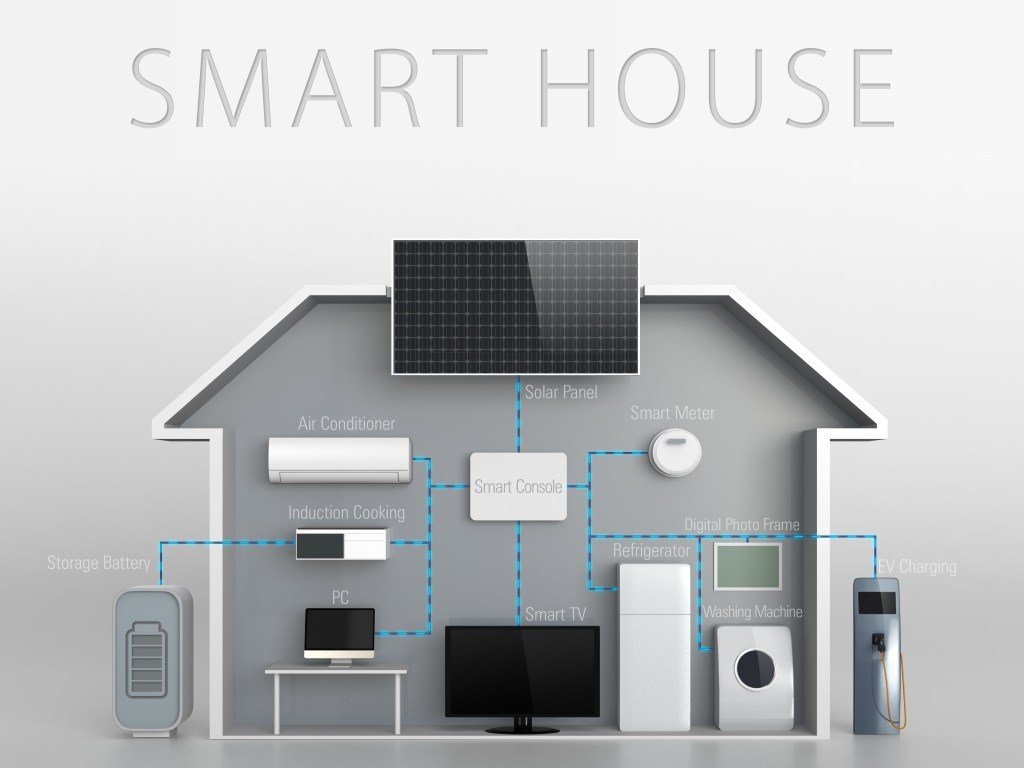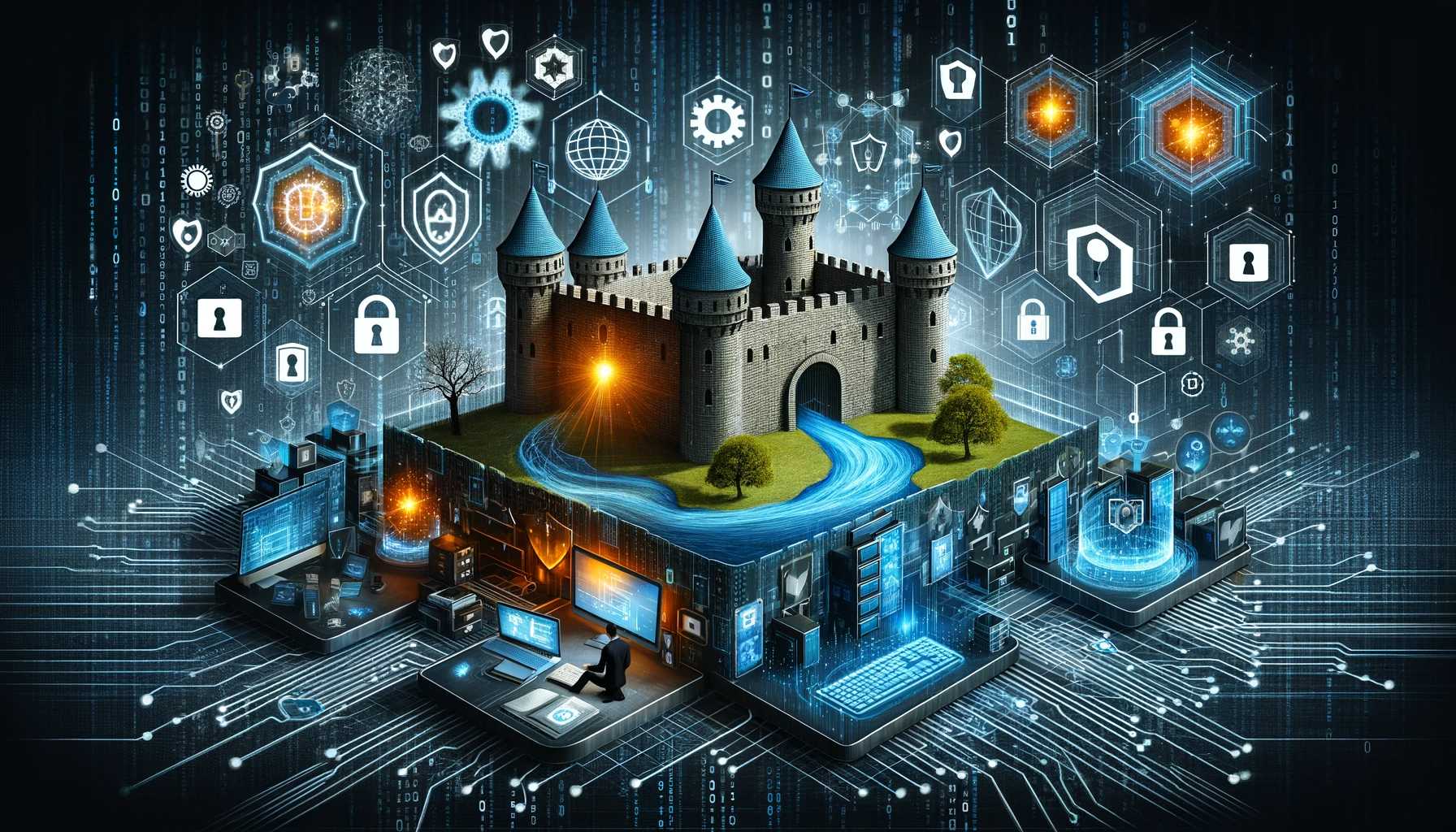Effortlessly Recover 3 Crucial Lost Files From Any Device
Effortlessly Recover 3 Crucial Lost Files from Any Device
Related Articles: Effortlessly Recover 3 Crucial Lost Files from Any Device
- Secure Your Digital Life: Mastering 5 Crucial VPN Installation And Management Techniques
- Conquer 5 Frustrating Wi-Fi Problems: Ultimate Troubleshooting Guide
- Ultimate Guide: 7 Powerful Steps To Secure Your Digital Fortress
- Conquer 5 Crucial Cloud Storage Challenges For Ultimate Efficiency
- Amazing Battery Life! 7 Power Tips For Smartphone Optimization
Introduction
In this auspicious occasion, we are delighted to delve into the intriguing topic related to Effortlessly Recover 3 Crucial Lost Files from Any Device. Let’s weave interesting information and offer fresh perspectives to the readers.
Table of Content
Effortlessly Recover 3 Crucial Lost Files from Any Device

Losing important files is a devastating experience, leaving you feeling helpless and frustrated. Whether it’s a cherished photo album, a crucial work document, or a treasured video, the sudden disappearance of digital data can be incredibly stressful. Fortunately, recovering lost files is often possible, regardless of the device or the cause of the loss. This comprehensive guide will equip you with the knowledge and tools to successfully retrieve your precious data, minimizing the impact of accidental deletion, hardware failure, or software glitches. We’ll explore various methods, offering step-by-step instructions and practical advice applicable to computers, smartphones, and other digital devices.
Understanding Data Loss: The Common Culprits
Before diving into recovery methods, it’s essential to understand why files get lost in the first place. This knowledge will help you prevent future data loss and choose the most effective recovery strategy. The most common causes include:
-
Accidental Deletion: This is perhaps the most frequent reason for file loss. A simple slip of the finger while deleting unwanted files can inadvertently remove important data. The "Recycle Bin" (or Trash) on Windows and macOS offers a temporary holding place, but emptying it permanently removes the files.
-
Hardware Failure: A malfunctioning hard drive, SSD, memory card, or other storage device can render your files inaccessible. Physical damage, wear and tear, or unexpected power surges can lead to data corruption or complete drive failure.
-
Software Glitches: Bugs, viruses, or system crashes can corrupt files or the file system, making your data unrecoverable. Improperly shutting down your computer or interrupting a crucial file operation can also lead to data loss.

Formatting: Formatting a storage device erases all data on it, making it seemingly empty. While the data is technically gone from the file system’s perspective, it can often still be recovered.
-
Virus or Malware Attacks: Malicious software can encrypt, delete, or corrupt files, making them inaccessible. This requires immediate action and potentially professional assistance.
Recovery Methods: A Step-by-Step Guide
The best approach to recovering lost files depends on the type of device, the cause of the loss, and the type of files involved. Here’s a breakdown of effective methods:
1. Checking the Recycle Bin/Trash:
This is the first and easiest step. On Windows, check the Recycle Bin. On macOS, check the Trash. If the deleted file is still there, simply restore it by right-clicking and selecting "Restore."
2. Using File History/Time Machine (for Windows and macOS):

Windows File History: If you have File History enabled, it creates backups of your files. You can restore previous versions of files or even entire folders. Open File History, select the desired file, and choose the version you want to restore.
-
macOS Time Machine: Similar to File History, Time Machine creates backups automatically. Connect your backup drive, open Time Machine, and browse through your backups to locate and restore your lost files.
3. Employing Data Recovery Software:
Data recovery software is your best bet if the file isn’t in the Recycle Bin/Trash or your backup system. These programs scan your storage devices, looking for deleted or corrupted files. Many options are available, both free and paid. Some popular choices include:
- Recuva (Windows): A free and user-friendly option with a simple interface.
- Disk Drill (Windows and macOS): Offers both free and paid versions with powerful recovery capabilities.
- PhotoRec (Windows, macOS, Linux): A command-line tool specializing in recovering photos and other multimedia files.
- TestDisk (Windows, macOS, Linux): A powerful command-line tool for repairing damaged partitions and recovering lost files.
How to Use Data Recovery Software (General Steps):
- Download and Install: Download and install the chosen software on your computer.
- Select the Drive: Specify the drive or partition where the lost files were located.
- Scan: Initiate a scan. This may take some time, depending on the size of the drive.
- Preview: Preview the recovered files to ensure they are intact.
- Recover: Select the files you want to recover and choose a destination folder. Crucially, do not save the recovered files back to the original drive. This could overwrite the data and make recovery impossible.
4. Recovering Files from External Storage Devices (USB Drives, Memory Cards):
The process is similar to recovering files from internal drives. Use data recovery software, following the steps outlined above. If the device is not recognized by your computer, try connecting it to another computer or using a different USB port.
5. Recovering Files from Smartphones and Tablets:
Recovering files from mobile devices can be more challenging, as the file system and data storage are different. Some methods include:
- Using Cloud Backups: If you use cloud storage services like Google Drive, iCloud, or Dropbox, check for backups of your lost files.
- Using Mobile Data Recovery Software: Several apps are available for Android and iOS that can recover deleted files. Research carefully before choosing one, ensuring it’s reputable and safe.
- Connecting to a Computer: Connect your smartphone or tablet to a computer and use data recovery software designed for mobile devices.
6. Professional Data Recovery Services:
If you’ve tried all the above methods without success, or if the data loss is complex (e.g., severe hard drive damage), consider contacting a professional data recovery service. These services have specialized tools and expertise to handle intricate data recovery cases, but they can be expensive.
Preventing Future Data Loss:
Prevention is always better than cure. Here are some crucial steps to minimize the risk of future file loss:
- Regular Backups: Implement a regular backup schedule using cloud storage, external hard drives, or other backup solutions. Back up your important files frequently.
- Use a Reliable Antivirus Program: Keep your computer protected with a reputable antivirus program to prevent malware infections.
- Avoid Sudden Shutdowns: Avoid forcefully shutting down your computer or interrupting file operations.
- Keep Your Software Updated: Update your operating system and applications regularly to patch security vulnerabilities and bugs.
- Handle Storage Devices Carefully: Avoid dropping or physically damaging storage devices.
- Create Multiple Copies: Keep multiple copies of your important files in different locations.
Conclusion:
Losing files is undoubtedly distressing, but with the right knowledge and tools, recovery is often achievable. By understanding the common causes of data loss and following the steps outlined in this guide, you can significantly increase your chances of retrieving your precious data. Remember to act quickly, as the longer you wait, the lower the probability of successful recovery. Prioritizing regular backups and practicing safe computing habits will further minimize the risk of experiencing this frustrating situation in the future. Don’t hesitate to seek professional help if you encounter complex data loss scenarios. With a proactive approach and the right techniques, you can safeguard your valuable digital assets and maintain peace of mind.
Closure
Thus, we hope this article has provided valuable insights into Effortlessly Recover 3 Crucial Lost Files from Any Device. We hope you find this article informative and beneficial. See you in our next article!
google.com


